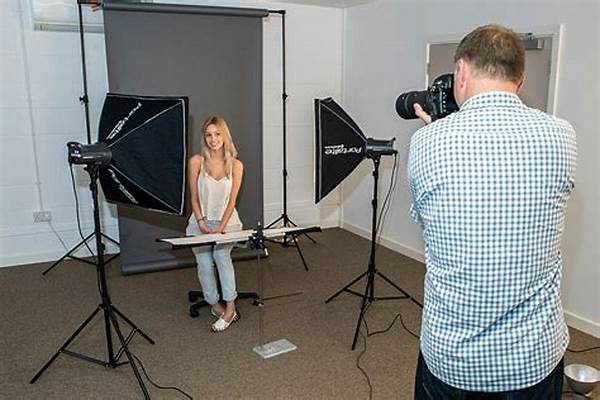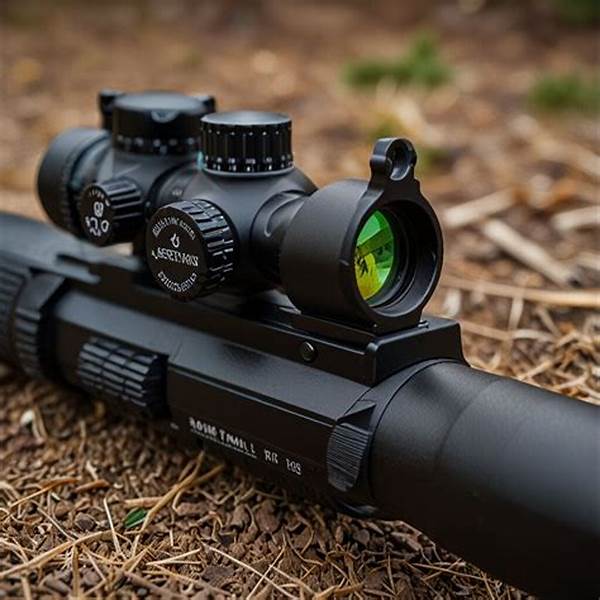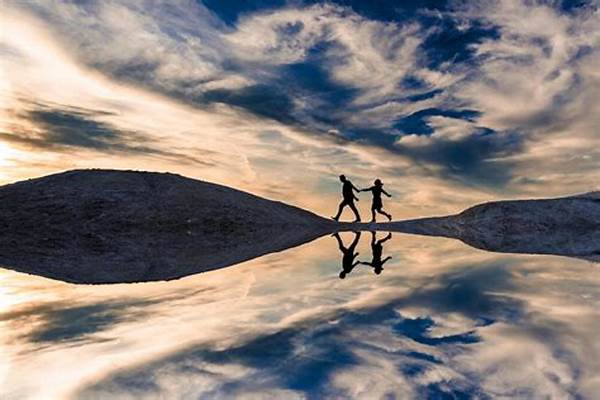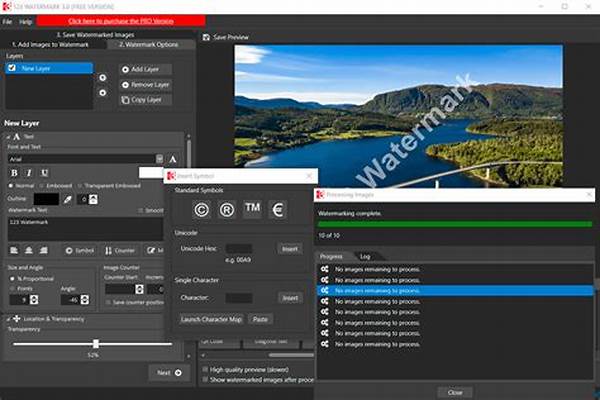Hey there, fellow photography enthusiasts! If you’re anything like me, you’re always on the lookout for ways to up your indoor portrait photography game. One of the biggest challenges we face is getting the lighting just right. You know what I’m talking about—those moments when the light hits just right and turns a good photo into a great one. Whether you’re working with natural light, softboxes, or anything in between, having an arsenal of indoor portrait lighting setups can take your work to a whole new level. So let’s dive into the world of indoor lighting and see what tricks we can pull out of the hat!
Read Now : Enhancing Texture In Portrait Photos
Why Lighting Matters in Indoor Portrait Photography
When it comes to indoor portrait lighting setups, the lighting can make or break your photo. Picture this: you’re in a dimly lit room with your camera, you’ve got your subject all dressed up and ready to go, but something just doesn’t click. Often, it’s not your subject or even your camera settings; it’s the lighting. A well-thought-out lighting setup can bring out the details, emphasize the right features, and even set the mood for your portrait.
One common mistake is relying solely on the available light in the room. While natural light can be beautiful, it’s not always ideal for indoor settings, especially when you want to control shadows and highlights. That’s why getting creative with indoor portrait lighting setups can be a real game-changer. Think about using a combination of key lights, fill lights, and backlights to create a multidimensional look. You’ll find that with a little experimentation, the perfect lighting setup can illuminate your subject in ways you might not have thought possible.
Another tip? Don’t underestimate the power of reflectors. Reflectors are an affordable and effective way to manipulate light, soften shadows, and highlight those crucial features of your subject’s face. By mastering different lighting setups, you’ll be prepared for any situation—bright or dim, natural or artificial—and your indoor portraits will benefit from it. Take your time to explore and practice, and before you know it, you’ll be crafting stunning indoor portraits with ease.
Quick and Easy Indoor Lighting Tips
1. Natural Light: Utilize large windows for the best natural indoor portrait lighting setups. Position your subject to take advantage of the soft, diffused light.
2. The Classic Setup: Use a softbox as your key light and a reflector to fill in shadows for perfectly balanced indoor portrait lighting setups.
3. Flash and Bounce: Aim your flash at the ceiling to bounce and soften the light, creating lovely indoor portrait lighting setups.
4. Ring Light Magic: Perfect for close-ups, ring lights offer soft and flattering indoor portrait lighting setups.
5. DIY Options: Even desk lamps can be part of an indoor portrait lighting setup if used creatively with DIY diffusers or reflectors.
Mastering the Basics of Indoor Lighting
So, you’re ready to take your indoor portrait lighting setups to the next level, huh? Well, mastering the basics is a solid place to start. Understanding how light interacts with your subject is crucial. When you’re indoors, the light can be harsh and unforgiving or soft and romantic, all depending on how you use it.
First up, learn the role of key lights and fill lights. The key light is your main source of light, while the fill light helps to soften shadows. With these tools, you can control contrast and emphasize specific features on your subject. Experiment with positioning and intensity until it feels just right. Remember, the beauty of indoor portrait lighting setups is their versatility. You can easily adjust and experiment without the variables that come with outdoor shoots.
Fun Ways to Customize Your Setup
Customization is where indoor portrait lighting setups truly shine. If you’re tired of the same old setups, try experimenting with colored gels over your lights for a splash of creativity. Changing the angle or height of your lights can also create dramatically different effects. If you’ve got a window, consider using sheer curtains to diffuse harsh sunlight—turning a basic window into a professional light source. Even something as simple as adjusting the temperature of your light bulbs from cool to warm can offer subtle differences that enhance your final image.
Another great strategy is to mix artificial and natural light, like combining a softbox with window lighting. This approach gives you the control of artificial light while harnessing the natural ambient light for a more organic look. The possibilities with indoor portrait lighting setups are practically endless, so get your hands on various tools and modifiers, and most importantly—have fun with it.
Creating Depth with Indoor Portrait Lighting
One of the coolest things about indoor portrait lighting setups is how they can add depth and dimension to your photographs. When you’re working inside, you don’t have the natural depth that outdoor settings provide, so it’s up to the lighting to create interest.
For depth, consider using a three-point lighting setup. This includes a key light to highlight your subject, a fill light positioned slightly lower to fill in shadows, and a backlight to separate your subject from the background. This setup not only provides a clean and professional look but also ensures that your subject stands out in the frame.
Playing with shadows can also create depth. Shadows aren’t just something to be avoided; when used correctly, they cast intriguing patterns and add mystery. Consider experimenting with shadows—using venetian blinds, houseplants, or other household objects—to add a unique twist to your portraits. You might be surprised at how these elements can transform your indoor portrait lighting setups from flat to fabulous.
Breaking It Down – Tips and Tricks
Alright, here’s the lowdown on indoor portrait lighting setups. Feel like a total pro without burning a hole in your pocket. Indoor lighting can be your best friend or worst enemy, right? So, here’s how to make it work:
Read Now : Highlighting Details With Frames
1. Use What You Have: Already got a lamp? Use it as a key light. Turn it into a portrait masterpiece by adjusting angles.
2. DIY Reflectors: Aluminum foil or white boards can bounce light just as well as professional gear. No need to cash out!
3. Understand Your Space: Recognize the natural lighting patterns at different times of day, then adjust your indoor portrait lighting setups accordingly.
4. Softening Shadows: Angle your lights upwards or bounce them off walls to soften those harsh shadows.
5. Color Control: Mix in warm light with cool natural light to get that well-balanced cozy vibe.
6. Experiment with Angles: Changing the angle of your lights can dramatically alter the mood of your portraits.
7. Layered Lighting: Use layers of light with key, fill, and background to create a more dynamic image.
8. Smartphone Assistants: Use your phone for portable lighting or reflectors in tight situations.
9. Consistent Practice: Keep shooting different scenarios at home to master your indoor portrait lighting setups.
10. Stay Inspired: Don’t stick to just one method—keep exploring, learning, and perfecting.
Taming the Light – Get Creative
Indoor portrait lighting setups are really about taming the beast of unpredictable lighting. Imagine you’re in a room—the shadows, the highlights, all acting like they’ve got a mind of their own. But, with a few tweaks, they’ll all be under your spell. The trick? It’s all about understanding how different light sources interact.
An LED can work wonders when paired with some strategically placed Edison bulbs—bam! That’s color contrast. Use shadows to your advantage, crafting mystery and depth where there was once flatness. You might not start with the fanciest gear, but using reflectors, diffusing sheets from an art supply shop, or smart mirrors will bring out an unexpected nuance in your portraits.
Indoor Portrait Lighting Setups: The Final Words
So, in a nutshell, mastering indoor portrait lighting setups is your golden ticket to killer shots every single time. Whether you’re tagging a friend with some quick snaps or orchestrating a pro shoot, the light sets the stage. Mix, match, and merge different lighting sources to create depth and mood—and never hesitate to take a chance on something new.
Perfecting your indoor portrait lighting setups will not only add a professional flair to your work but also allow you to express creativity like never before. Lighting is the soul of a portrait, after all. So next time you’re setting up for that perfect shot, think of light as your silent collaborator—always ready to turn your vision into reality. Keep experimenting, stay inspired, and most importantly, have fun with your indoor portrait lighting adventures!



